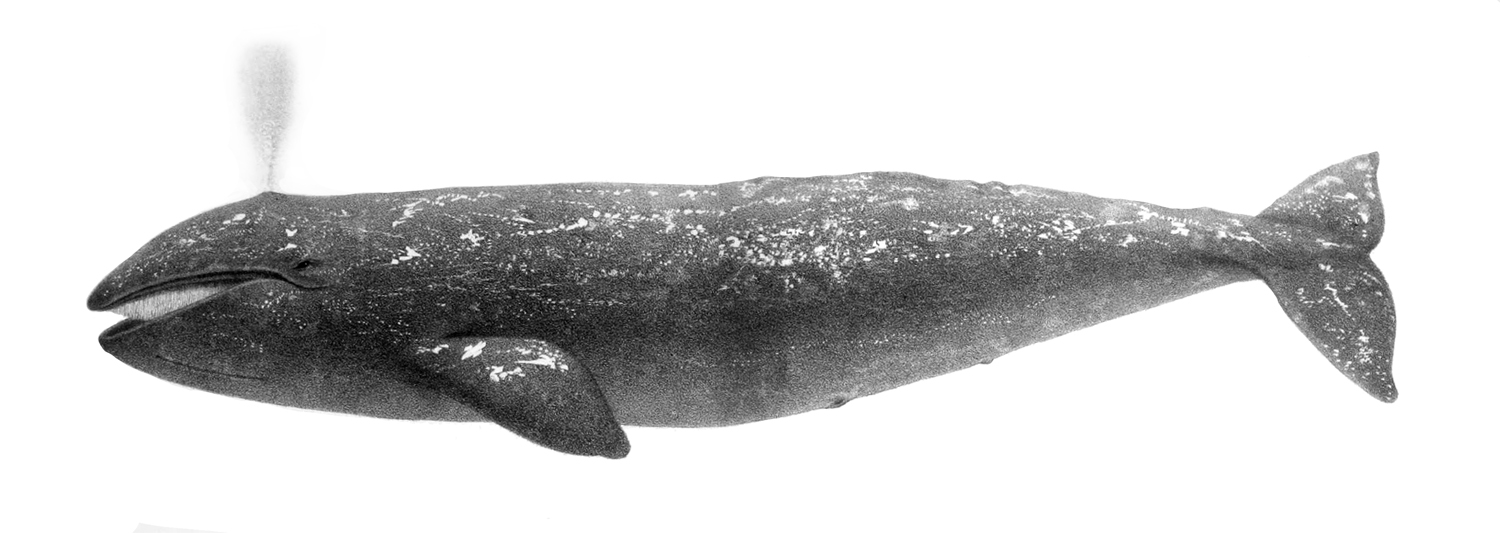Charles Melville Scammon
 Charles Melville Scammon (1825–1911) was a 19th-century whaleman, naturalist, and author. He was the first to hunt the gray whales of both Laguna Ojo de Liebre and San Ignacio Lagoon, the former also known as "Scammon's Lagoon" after him. In 1874 he wrote the book ''The Marine Mammals of the North-western Coast of North America'', which was a financial failure. It is now considered a classic.
Charles Melville Scammon (1825–1911) was a 19th-century whaleman, naturalist, and author. He was the first to hunt the gray whales of both Laguna Ojo de Liebre and San Ignacio Lagoon, the former also known as "Scammon's Lagoon" after him. In 1874 he wrote the book ''The Marine Mammals of the North-western Coast of North America'', which was a financial failure. It is now considered a classic.Scammon was born in Pittston, Maine, on May 28, 1825. In 1850 he sailed for California. On April 1, 1852, he left San Francisco in command of the brig ''Mary Helen'' (160 tons) on a combined sealing and whaling voyage. He returned on August 26 with 350 barrels of oil obtained from elephant seals. During the winter of 1855–56 he was among the vessels hunting gray whales in Magdalena Bay, when he was commanding the ship ''Leonore''. In December 1857, commanding the brig ''Boston'', with the schooner-tender ''Marin'', he first hunted the gray whales of Laguna Ojo de Liebre, catching twenty. The following winter (1858–59), commanding the bark ''Ocean Bird'' and accompanied by the schooner tenders ''A.M. Simpson'' and ''Kate'', he returned to the lagoon, catching forty-seven cows. In the winter of 1859–60 he first exploited another lagoon to the south, San Ignacio. Within a few seasons it had been swept clean of whales.
In 1860–61 he returned to Laguna Ojo de Liebre in the bark ''Ocean Bird'', taking a paltry 245 barrels of oil: about seven whales. In the summer of 1862 he sailed to the Sea of Okhotsk in the San Francisco ship ''William C. Nye''. He cruised around Iony Island and Shantar Bay until September, catching only three bowhead whales. In the winter of 1862-63 he hunted gray whales in Magdalena Bay, his last whaling cruise. He spent the following three decades in the Revenue Service, before retiring from disability in 1895.
In October 1870, Scammon collected the 27-foot-long type specimen of the Davidson piked whale (''Balaenoptera davidsoni'', Scammon, 1872); it had been found dead on the shores of Admiralty Inlet by Italian fishermen, who towed it to Port Townsend Bay, where they flensed it.
He is the brother of J. Young Scammon and Eliakim P. Scammon.
The village of Scammon Bay, Alaska is named after Scammon, as is a popular salmon dish in the town. Provided by Wikipedia